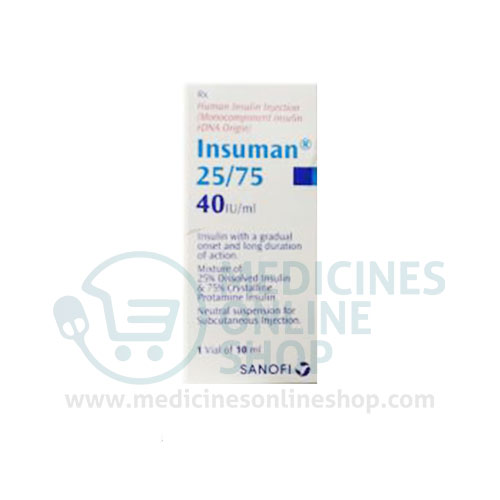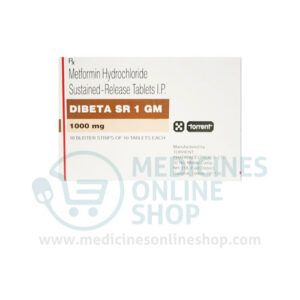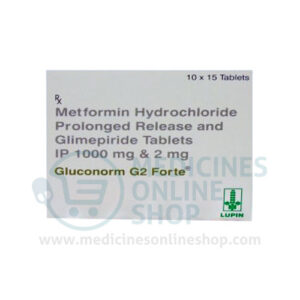Human Insulin Information
Pronunciation
IN soo lin REG yoo ler
What is this drug used for?
• It is used to lower blood sugar in patients with high blood sugar (diabetes).
Frequently reported side effects of this drug
• Weight gain
• Injection site irritation
Other side effects of this drug: Talk with your doctor right away if you have any of these signs of:
• Low blood sugar like dizziness, headache, fatigue, feeling weak, shaking, a fast heartbeat, confusion, hunger, or sweating.
• Low potassium like muscle pain or weakness, muscle cramps, or an abnormal heartbeat.
• Anxiety
• Vision changes
• Chills
• Severe dizziness
• Passing out
• Mood changes
• Seizures
• Burning or numbness feeling
• Slurred speech
• Swelling of arms or legs
• Injection site thick skin, pits, or lumps
• Signs of a significant reaction like wheezing; chest tightness; fever; itching; bad cough; blue skin color; seizures; or swelling of face, lips, tongue, or throat.
Medication Safety Issues
Sound-alike/look-alike issues:
HumuLIN R may be confused with HumaLOG, Humira, HumuLIN 70/30, HumuLIN N, NovoLIN 70/30, NovoLIN R, NovoLOG
NovoLIN R may be confused with HumuLIN R, NovoLIN 70/30, NovoLIN N, NovoLOG
Insulin may be confused with influenza virus vaccine. Medication errors have occurred when insulin was inadvertently administered instead of influenza virus vaccine. These products are refrigerated and may be stored in close proximity to each other.
High alert medication:
The Institute for Safe Medication Practices (ISMP) includes this medication (with special emphasis on U-500 insulin) among its list of drugs which have a heightened risk of causing significant patient harm when used in error. Due to the number of insulin preparations, it is essential to identify/clarify the type of insulin to be used.
Geriatric Patients: High-Risk Medication:
Beers Criteria: Insulin (short- or rapid-acting insulin products used for sliding scale) is identified in the Beers Criteria as a potentially inappropriate medication to be avoided in patients 65 years and older (independent of diagnosis or condition) due to higher risk of hypoglycemia associated with sliding scale insulin without improvements in hyperglycemia, regardless of care setting. Avoid insulin regimens that only use short- or rapid-acting insulins dosed based on current blood glucose levels in the absence of basal or long-acting insulin; recommendation does not apply to regimens containing basal or long-acting insulin (Beers Criteria [AGS 2019]).
Administration issues:
Concentrated solutions (eg, U-500) should not be available in patient care areas. U-500 regular insulin should be stored, dispensed, and administered separately from U-100 regular insulin. U-500 insulin vials are to be used in conjunction only with a dedicated U-500 insulin syringe. Though no longer recommended by the manufacturer, in cases where the U-500 insulin syringe is not available, a U-100 insulin syringe or a tuberculin syringe may be used (conversion step required to ensure correct dose is drawn up). For patients who receive U-500 insulin in the hospital setting, highlighting the strength prominently on the patient’s medical chart and medication record may help to reduce dispensing errors. For patients being discharged from the hospital and/or in the outpatient setting, a U-500 insulin syringe is available by prescription only and should be prescribed/dispensed in conjunction with U-500 insulin vials.
Other safety concerns:
Cross-contamination may occur if insulin pens are shared among multiple patients. Steps should be taken to prohibit sharing of insulin pens.
Storage and Stability
Humulin R U-100: Store unopened vials in refrigerator between 2°C and 8°C (36°F to 46°F) until expiration date; do not freeze; keep away from heat and sunlight. Once punctured (in use), vials may be stored for ≤31 days in the refrigerator between 2°C and 8°C (36°F to 46°F) or at room temperature of ≤30°C (≤86°F).
Humulin R U-500:
Vials: Store unopened vials (not in use) in a refrigerator (2°C to 8°C [36°F to 46°F]) until expiration date or may be stored at room temperature <30°C [86°F]) for ≤40 days. Protect from heat and light; do not freeze and do not use if the vial has been frozen. Store vials currently opened (in use) in a refrigerator (2°C to 8°C [36°F to 46°F]) or at room temperature <30°C [86°F]) and discard after 40 days. Do not shake vial.
KwikPen: Store unopened pens (not in use) in a refrigerator (2°C to 8°C [36°F to 46°F]) until expiration date or may be stored at room temperature (<30°C [86°F]) for ≤28 days. Protect from heat and light; do not freeze or use if pen has been frozen. Store in-use (opened) pens at room temperature (<30°C [86°F]) and discard pen after 28 days; do not refrigerate. For single-patient use only.
Myxredlin: Store at 2°C to 8°C (36°F to 46°F) in original carton to protect from light. Do not freeze or shake. May be stored at room temperature (<25°C [77°F]) for ≤30 days; do not return to refrigerator once stored at room temperature; discard after 30 days.
Novolin R:
Vials: Store unopened vials in refrigerator between 2°C and 8°C (36°F to 46°F) until product expiration date or at room temperature ≤25°C (≤77°F) for ≤42 days; do not freeze; keep away from heat and sunlight. Once punctured (in use), store vials at room temperature ≤25°C (≤77°F) for up to 42 days; refrigeration of in-use vials is not recommended.
FlexPen: Store unopened (not in use) pens in refrigerator between 2°C and 8°C (36°F to 46°F) until product expiration date or at room temperature (<30°C [86°F]) for ≤28 days; store in use (opened) pens at room temperature (<30°C [86°F]) for ≤28 days. Do not use if pen has been frozen; keep away from heat and light. For single-patient use only.
Canadian labeling (not in US labeling): All products: Unopened vials, cartridges, and pens should be stored under refrigeration between 2°C and 8°C (36°F to 46°F) until the expiration date; do not freeze; keep away from heat and sunlight. Once punctured (in use), Humulin vials, cartridges, and pens should be stored at room temperature <25°C (<77°F) for ≤4 weeks. Once punctured (in use), Novolin ge vials, cartridges, and pens may be stored for up to 1 month at room temperature <25°C (<77°F) for vials or <30°C (<86°F) for pens/cartridges; do not refrigerate.
For SubQ administration: Humulin R U-100: According to the manufacturer, insulin diluted with the manufacturer’s sterile diluent in a glass vial may be stored at 30°C (86°F) for ≤14 days or at 5°C (41°F) for ≤28 days. Do not store diluted insulin in a plastic syringe. Store unused sterile diluent at room temperature; once in-use, the sterile diluent vial should be used within 28 days (data on file [Eli Lilly 2018]).
For IV infusion: Note: A 100 units/100 mL premixed solution is also available for IV infusion.
Humulin R U-100: Stable for 48 hours at room temperature or for 48 hours under refrigeration followed by 48 hours at room temperature.
Novolin R: Stable for 24 hours at room temperature
Note: After dilution of 100 units of regular human insulin (product not specified) in 100 mL of 0.9% NaCl (PVC bag), the solution is stable under refrigeration between 2°C and 8°C (36°F to 46°F) for ≤336 hours (Rocchio 2013).
After dilution of 800 units of regular insulin (8 mL of a 100 units/mL solution) in 42 mL of 0.9% NaCl (PVC bag) to a final concentration of 16 units/mL, the solution is stable under refrigeration at 4°C (39°F) or at room temperature at 25°C (77°F) for 14 days (Laskey 2016).
Adverse Reactions
Cardiovascular: Peripheral edema
Dermatologic: Erythema at injection site, injection site pruritus
Endocrine & metabolic: Hypoglycemia, hypokalemia, weight gain
Hypersensitivity: Anaphylaxis, hypersensitivity, hypersensitivity reaction
Local: Hypertrophy at injection site, lipoatrophy at injection site




